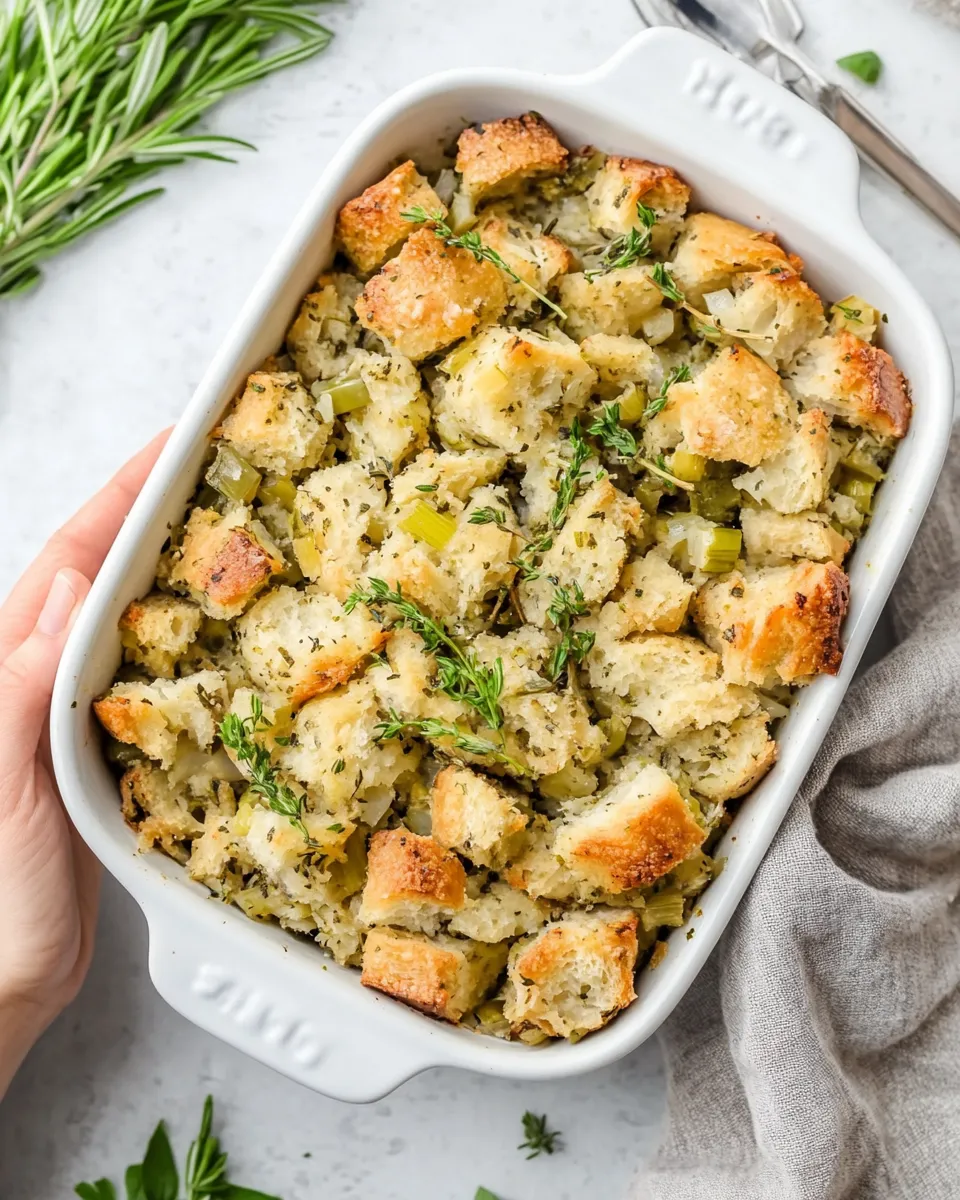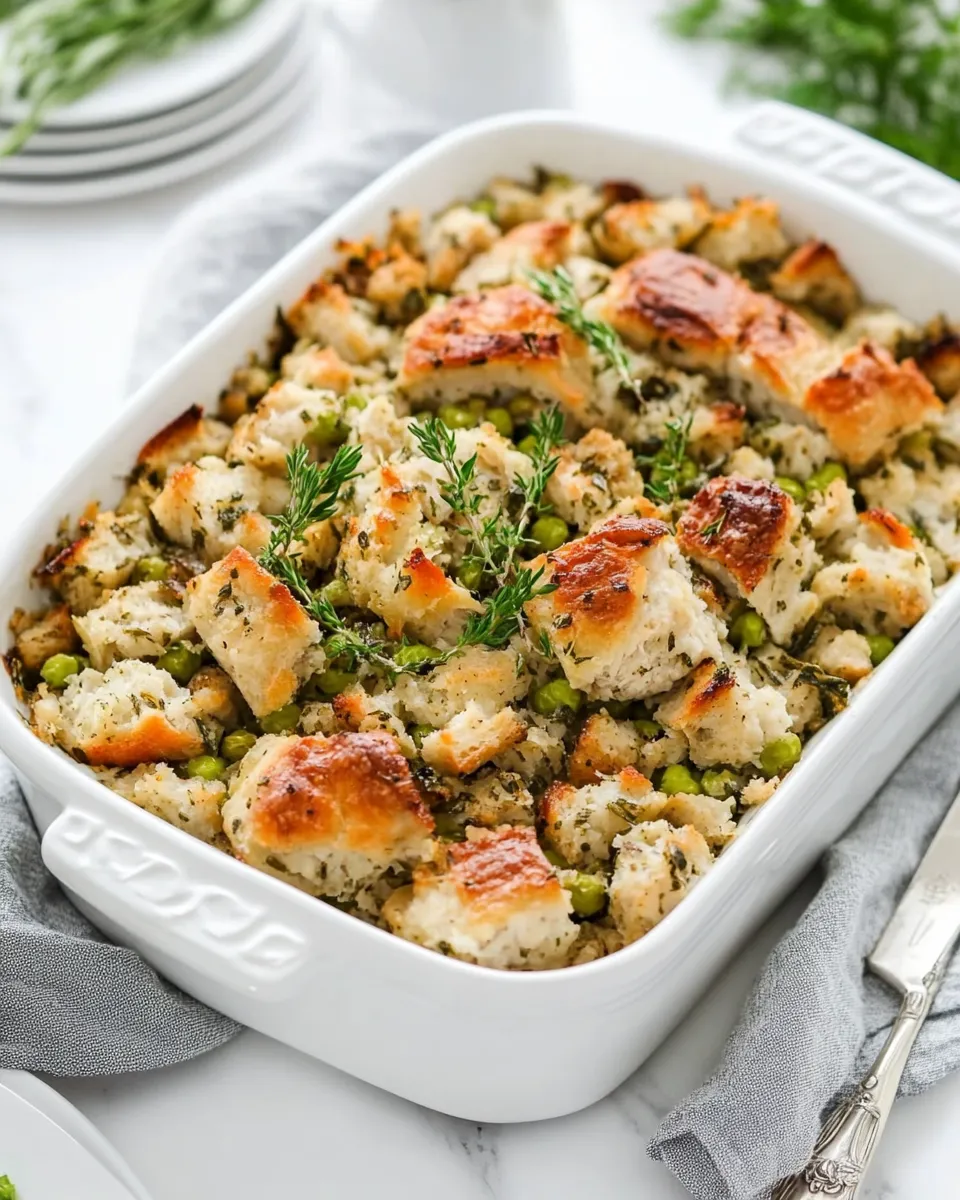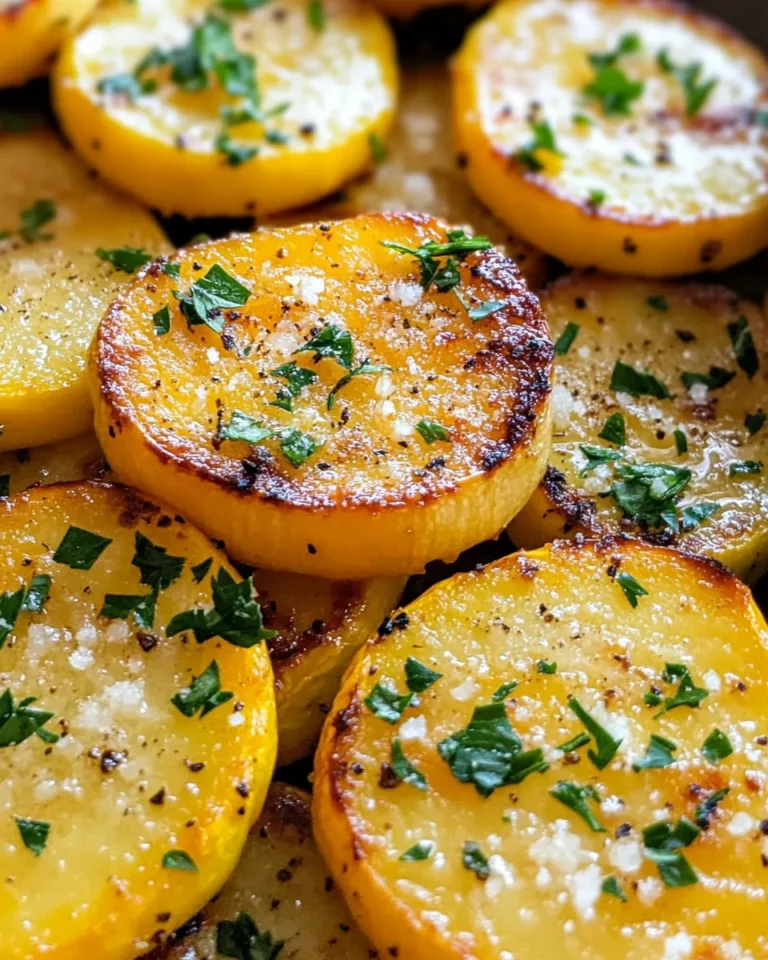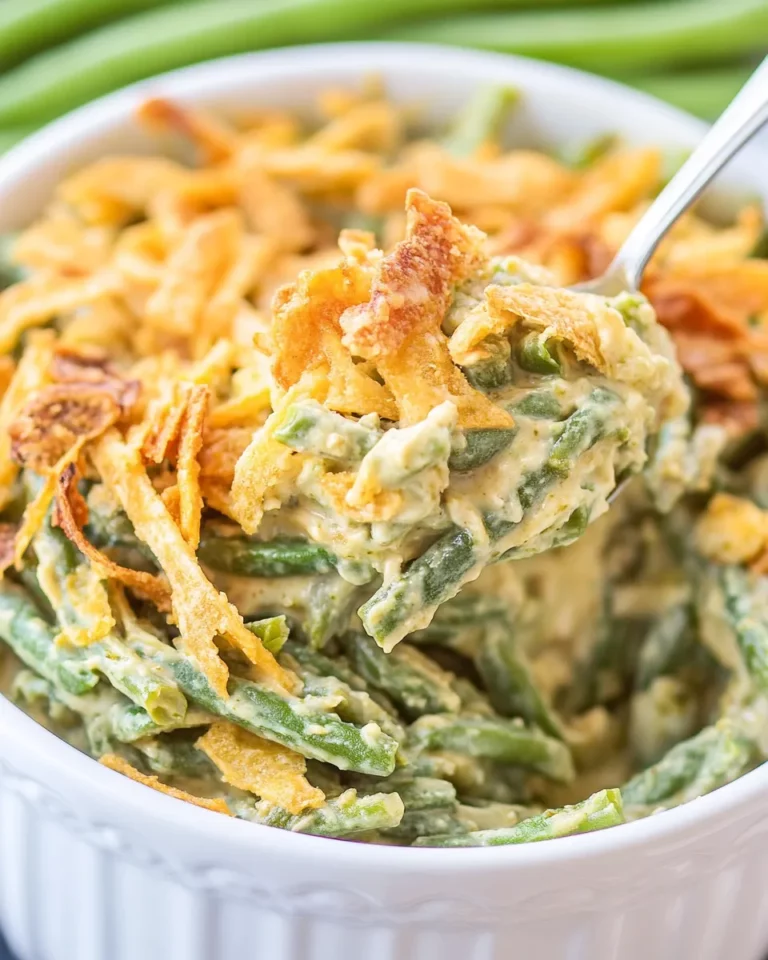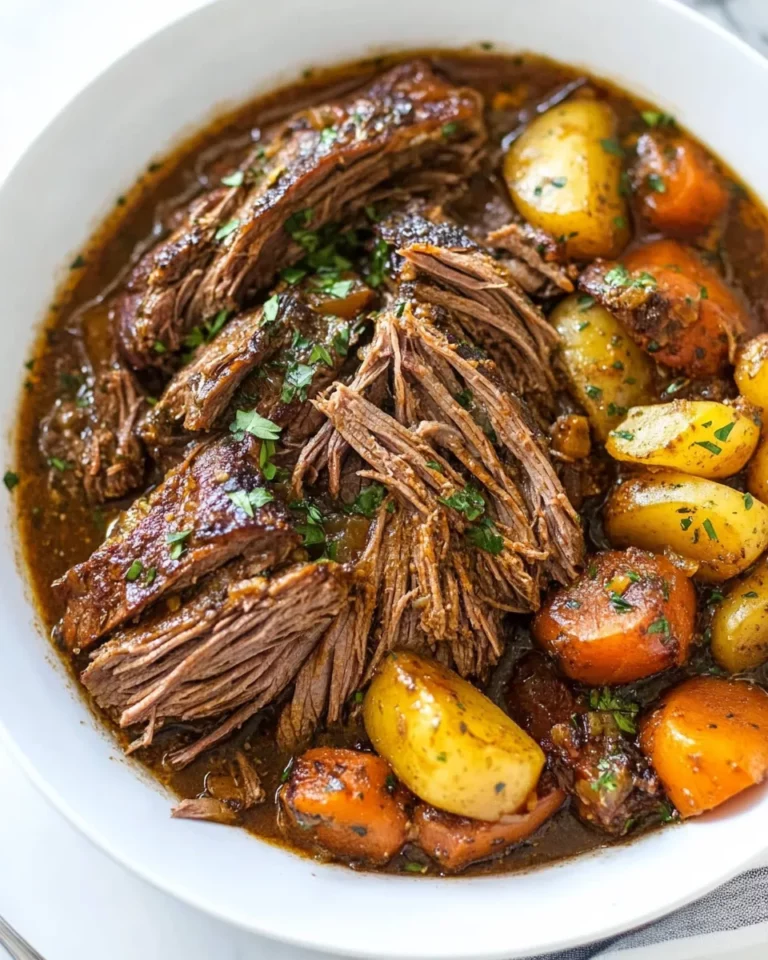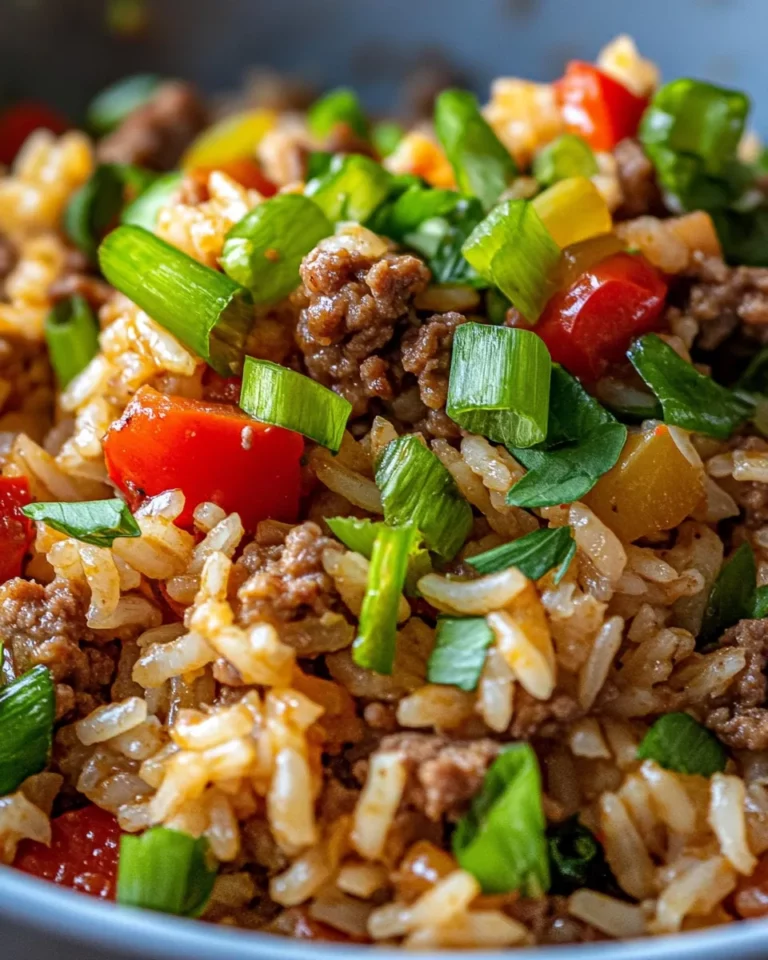Buttery Herb Stuffing Recipe
Stuffing is the ultimate comfort food, especially during holiday dinners or any special family gathering. This Buttery Herb Stuffing recipe combines the warm, savory flavors of fresh herbs, sautéed vegetables, and rich butter with tender, slightly toasted bread cubes. The result is a moist, flavorful side dish that perfectly complements roasted meats, vegetables, or can even stand alone as a satisfying meal. With fresh herbs like sage, thyme, rosemary, and parsley, this stuffing bursts with fragrance and taste that will have everyone asking for seconds. Whether you are a seasoned cook or a beginner, this recipe is straightforward, dependable, and utterly delicious.
Why This Recipe Is a Must-Try
Stuffing is more than just a side dish; it’s a tradition. What makes this particular recipe stand out is the balance of fresh herbs and the rich buttery base that infuses every bite with deep flavor. The use of firm, crusty bread cubes ensures the stuffing has just the right texture — soft on the inside with a little crispness on the edges. The combination of sautéed onions, celery, and garlic adds a subtle sweetness and aromatic depth, while the fresh herbs bring a garden-fresh brightness. Additionally, this recipe is versatile enough to be paired with any main course, and it can be easily doubled for larger crowds. Using stock and eggs helps bind the stuffing, making it moist but not soggy. It’s comfort food that tastes like it took hours but comes together quickly.
Ingredients
- 1 pound firm white sandwich, French, or Italian bread cut into ½-¾ inch cubes, about 10 cups
- 6 tablespoons butter
- 1 medium yellow onion, diced
- 2 ribs celery, diced
- 2 cloves garlic, minced
- ⅓ cup fresh parsley, chopped
- 2 tablespoons fresh sage, chopped
- 1 tablespoon fresh thyme, chopped
- 1 tablespoon fresh rosemary, chopped
- 1 teaspoon salt
- ½ teaspoon ground black pepper
- 2 cups chicken or vegetable stock or broth, divided
- 2 eggs, beaten
How To Make Buttery Herb Stuffing Recipe
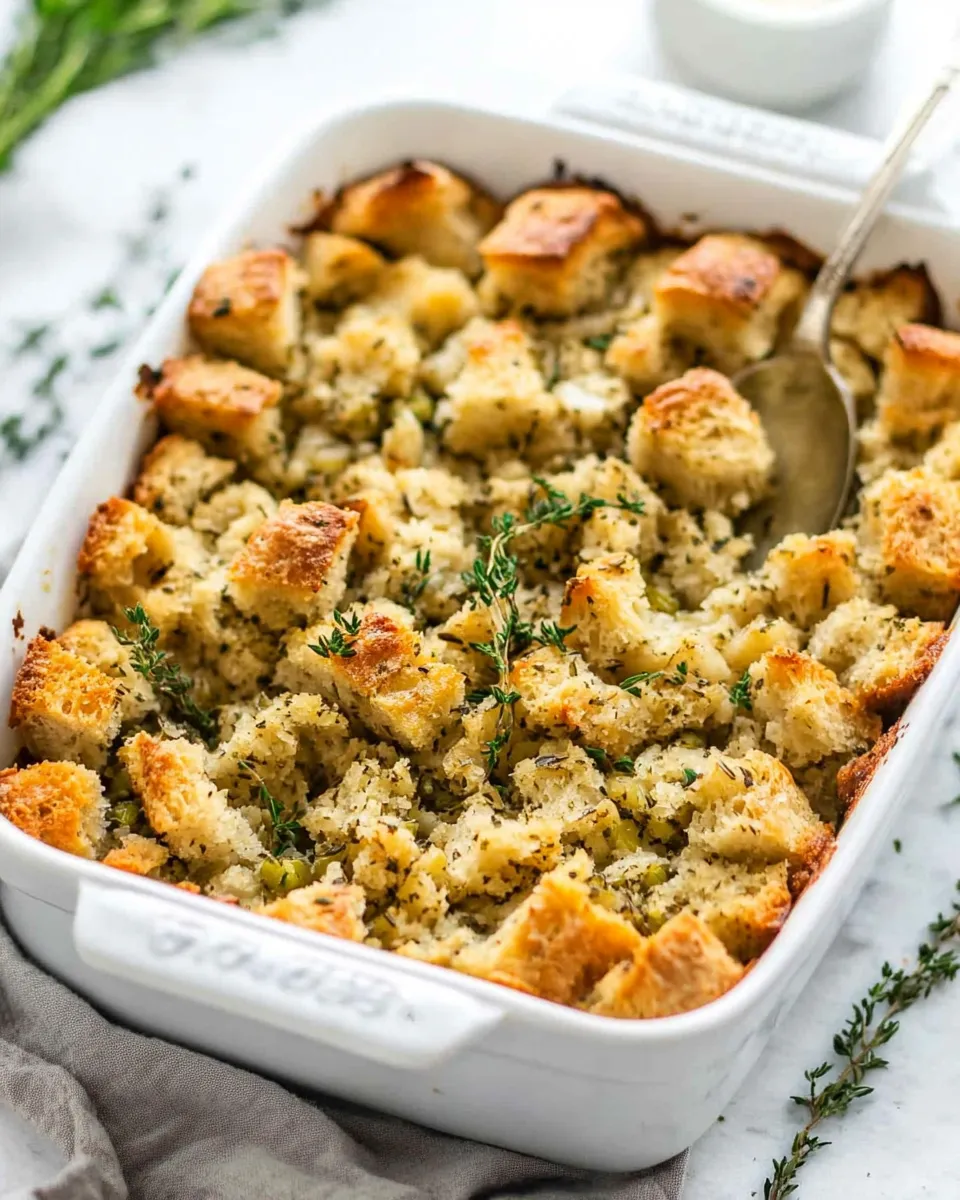
Step 1: Prepare the Bread
Start by cutting your bread into ½-¾ inch cubes. Use firm white sandwich bread, French bread, or Italian bread for the best texture. Spread the cubes out on a baking sheet and let them sit out overnight to dry slightly, or toast them in a low oven (about 250°F) for 15-20 minutes until they are dry but not browned. This helps the bread absorb the flavors without becoming mushy.
Step 2: Sauté the Vegetables and Herbs
In a large skillet, melt the butter over medium heat. Add the diced onion and celery and sauté for about 5-7 minutes until they are softened and translucent. Add the minced garlic and sauté for another minute until fragrant. Remove the skillet from the heat and stir in the chopped parsley, sage, thyme, and rosemary. Season with salt and black pepper. The combination of these fresh herbs is what makes this stuffing truly stand out.
Step 3: Combine the Bread and Vegetable Mixture
Place the bread cubes in a large mixing bowl. Pour the sautéed vegetables and herb mixture over the bread cubes and toss gently to combine. Make sure the vegetables and herbs are evenly distributed throughout the bread.
Step 4: Add Egg and Stock
In a separate bowl, whisk the eggs with 1 ½ cups of the chicken or vegetable stock. Pour this mixture over the bread and vegetables, tossing gently as you go to combine. Add the remaining ½ cup stock slowly if the mixture looks dry. The goal is to moisten the bread without making it soggy. The eggs help bind the stuffing so it holds together nicely during baking.
Step 5: Bake the Stuffing
Preheat your oven to 350°F (175°C). Transfer the stuffing mixture to a buttered 9×13-inch baking dish or any oven-safe casserole dish. Cover the dish with foil and bake for 30 minutes. Then, remove the foil and bake for an additional 15-20 minutes until the top is golden brown and slightly crisp. This gives the stuffing a delightful contrast of textures.
Step 6: Serve and Enjoy!
Once baked, let the stuffing rest for a few minutes before serving. This allows it to set and makes it easier to scoop out portions. Serve alongside your favorite main dishes, or enjoy it as a hearty vegetarian option.
Expert Tips
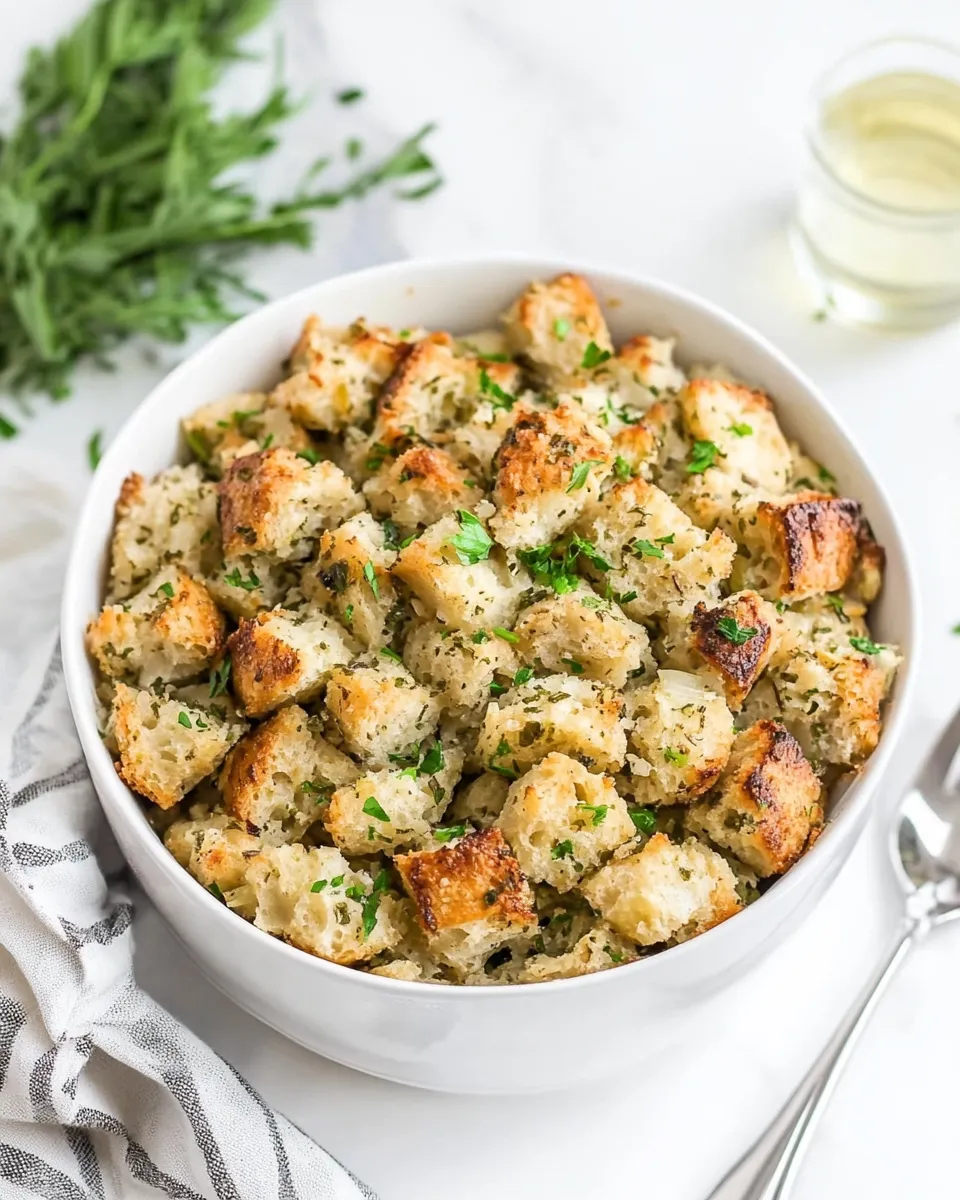
- Use Day-Old Bread: Slightly stale bread absorbs the flavors better without turning mushy. If you don’t have day-old bread, drying fresh bread in the oven works great.
- Don’t Skip the Butter: Butter adds richness and helps the vegetables cook perfectly. For a dairy-free option, substitute with olive oil or a plant-based butter alternative.
- Fresh Herbs Are Key: Using fresh herbs rather than dried makes a noticeable difference in flavor and aroma.
- Adjust the Stock: Add stock gradually to get the perfect moisture level. You want the mixture moist but not soggy.
- Try Toasting the Bread Cubes: Toasting the bread cubes lightly before mixing adds a lovely texture and nutty flavor.
- Make Ahead: You can prepare the stuffing mixture a day ahead, cover it tightly, and store it in the fridge until you’re ready to bake.
Variations and Customizations
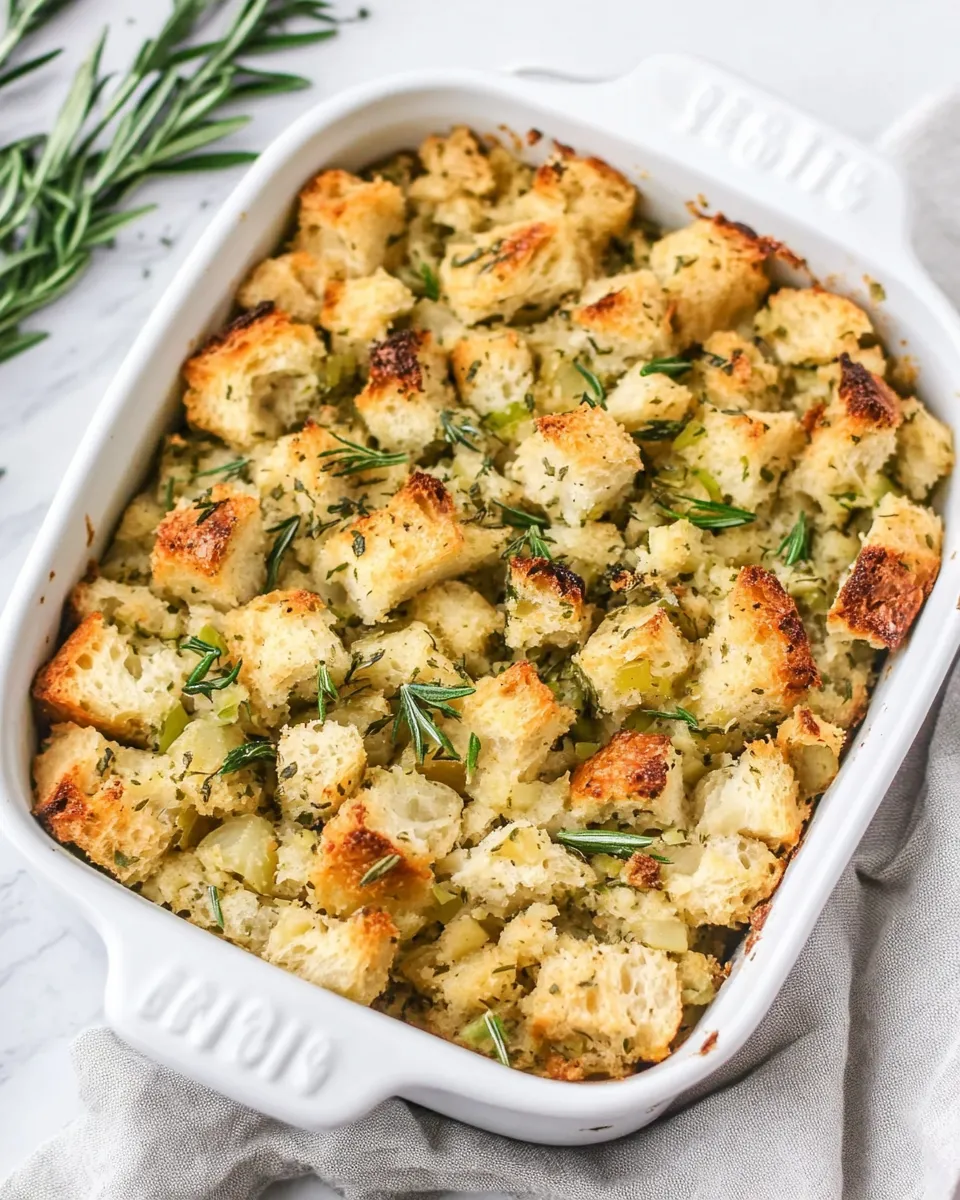
- Include Nuts and Fruits: Toss in toasted pecans or walnuts along with dried cranberries or chopped apples for a sweet and crunchy twist.
- Make it Vegan: Substitute butter with olive oil and use a flaxseed egg substitute (1 tablespoon ground flaxseed mixed with 3 tablespoons water) instead of eggs. Use vegetable stock.
- Cheesy Stuffing: Add ½ cup shredded mozzarella or a mild cheese of your choice for a creamy texture.
- Spice it Up: Add a pinch of smoked paprika or cayenne pepper for a subtle kick.
- Use Different Bread Types: Experiment with sourdough, multigrain, or even gluten-free bread to vary texture and taste.
How to Store Leftovers
Once cooled, transfer leftover stuffing to an airtight container and refrigerate. It will stay fresh for up to 3-4 days. To reheat, place in a baking dish and cover with foil. Heat in a 350°F oven for about 20 minutes or until warmed through. You can also reheat individual portions in the microwave, though the texture may be less crisp. For longer storage, stuffing freezes well for up to 3 months. Thaw overnight in the fridge before reheating.
FAQ
Can I use dried herbs instead of fresh herbs?
Yes, you can substitute dried herbs, but use about one-third the amount called for fresh herbs since dried herbs are more concentrated. For example, use 2 teaspoons dried sage instead of 2 tablespoons fresh. Fresh herbs provide a brighter, fresher flavor, so they are preferred when possible.
Is it necessary to use eggs in the stuffing?
Eggs help bind the stuffing together and give it structure. If you prefer an egg-free version, you can omit the eggs and add a little extra stock to keep the stuffing moist. Alternatively, a flaxseed or chia seed egg substitute works well in vegan or egg-free versions.
Can I make this stuffing ahead of time?
Absolutely! Prepare the stuffing mixture up to the point of baking, cover it tightly, and refrigerate for up to 24 hours. When ready to bake, remove it from the fridge and bake as directed, adding a few extra minutes if baking from cold.
What type of bread is best for stuffing?
Use firm white sandwich bread, French bread, or Italian bread with a sturdy texture. Bread with a slight crust helps create a stuffing that is soft inside with a nice outer texture. Avoid very soft or thin sliced bread as it may become mushy.
Conclusion
This Buttery Herb Stuffing recipe is the perfect side dish to elevate any meal with its rich, comforting flavors and fresh herb aroma. Easy to prepare and highly adaptable, it brings that classic homemade touch to your table. Whether you’re cooking for a special occasion or simply craving a warm, satisfying dish, this stuffing will not disappoint. With simple ingredients and straightforward steps, you can make a beautiful, flavorful stuffing that tastes like it took hours to create but comes together in no time. Enjoy this timeless recipe and make it a favorite in your kitchen year-round!
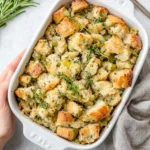
Buttery Herb Stuffing Recipe
Ingredients
- 1 pound firm white sandwich, French, or Italian bread cut into ½-¾ inch cubes, about 10 cups
- 6 tablespoons butter
- 1 medium yellow onion diced
- 2 ribs celery diced
- 2 cloves garlic minced
- ⅓ cup fresh parsley chopped
- 2 tablespoons fresh sage chopped
- 1 tablespoon fresh thyme chopped
- 1 tablespoon fresh rosemary chopped
- 1 teaspoon salt
- ½ teaspoon ground black pepper
- 2 cups chicken or vegetable stock or broth divided
Instructions
Step 1: Prepare the Bread
- Start by cutting your bread into ½-¾ inch cubes. Use firm white sandwich bread, French bread, or Italian bread for the best texture. Spread the cubes out on a baking sheet and let them sit out overnight to dry slightly, or toast them in a low oven (about 250°F) for 15-20 minutes until they are dry but not browned. This helps the bread absorb the flavors without becoming mushy.
Step 2: Sauté the Vegetables and Herbs
- In a large skillet, melt the butter over medium heat. Add the diced onion and celery and sauté for about 5-7 minutes until they are softened and translucent. Add the minced garlic and sauté for another minute until fragrant. Remove the skillet from the heat and stir in the chopped parsley, sage, thyme, and rosemary. Season with salt and black pepper. The combination of these fresh herbs is what makes this stuffing truly stand out.
Step 3: Combine the Bread and Vegetable Mixture
- Place the bread cubes in a large mixing bowl. Pour the sautéed vegetables and herb mixture over the bread cubes and toss gently to combine. Make sure the vegetables and herbs are evenly distributed throughout the bread.
Step 4: Add Egg and Stock
- In a separate bowl, whisk the eggs with 1 ½ cups of the chicken or vegetable stock. Pour this mixture over the bread and vegetables, tossing gently as you go to combine. Add the remaining ½ cup stock slowly if the mixture looks dry. The goal is to moisten the bread without making it soggy. The eggs help bind the stuffing so it holds together nicely during baking.
Step 5: Bake the Stuffing
- Preheat your oven to 350°F (175°C). Transfer the stuffing mixture to a buttered 9x13-inch baking dish or any oven-safe casserole dish. Cover the dish with foil and bake for 30 minutes. Then, remove the foil and bake for an additional 15-20 minutes until the top is golden brown and slightly crisp. This gives the stuffing a delightful contrast of textures.
Step 6: Serve and Enjoy!
- Once baked, let the stuffing rest for a few minutes before serving. This allows it to set and makes it easier to scoop out portions. Serve alongside your favorite main dishes, or enjoy it as a hearty vegetarian option.
Equipment
- Baking Sheet
- Large Skillet
- Mixing Bowl
- 9x13 inch Baking Dish

